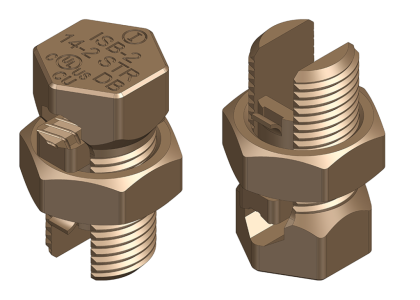When it comes to safeguarding your home or building from electrical mishaps, a solid grounding system—anchored by properly installed ground rods—is your first line of defense.
The Role of Ground Rods in Electrical Safety
Ground rods are more than just metal stakes in the ground; they are essential for protecting structures from electrical faults. By channeling excess electricity safely into the earth, they prevent potential hazards. According to NEC 250.53, these rods should be at least 8 feet long and 5/8 inches in diameter. If your ground resistance is over 25 ohms, install a second rod at least 6 feet away. UL 467 recommends copper-bonded rods for superior corrosion resistance and conductivity.
Gathering Your Tools and Materials
- Solid Copper Grounding Rods
- Ground Rod Clamp
- Sledgehammer or post driver
- Ground resistance tester
- UL-listed clamps and couplers
- 6 AWG copper conductor
- A water source to ensure soil moisture
Installing Ground Rods: A Step-by-Step Adventure
Choosing the Perfect Spot
Start by picking a location with excellent soil conductivity. Avoid areas with obstructions or underground utilities. This is crucial for the effectiveness of your grounding system.
Driving the Rod into the Earth
With a sledgehammer or post driver, drive the rod into the ground, leaving only 2–3 inches above the surface. If the soil is particularly tough, a power drill might be your best friend. Make sure the rod reaches a moisture-rich layer to enhance conductivity.
Securing the Connection
Attach the grounding clamp to the rod, ensuring a snug fit. Opt for UL-listed clamps to ward off corrosion and maintain a strong connection.
Testing for Success
Once installed, use a ground resistance tester to check the resistance. If it’s over 25 ohms, add another rod at least 6 feet away to boost the system’s efficiency.
Troubleshooting Common Issues
- High Ground Resistance: Ensure the rod is deep enough to reach moist soil. Adding more rods can also help.
- Corrosion Concerns: Use copper-bonded rods and UL-listed clamps to resist corrosion.
- Conductivity Challenges: Verify the rod’s location has good soil conductivity and moisture.
Wrapping Up Your Grounding Project
Installing grounding rods is a pivotal step in fortifying your electrical safety. By following these guidelines and adhering to standards like UL 467 and NEC 250, you can effectively shield your property from electrical faults. Regular testing and maintenance will keep your grounding system in top shape for years to come.





